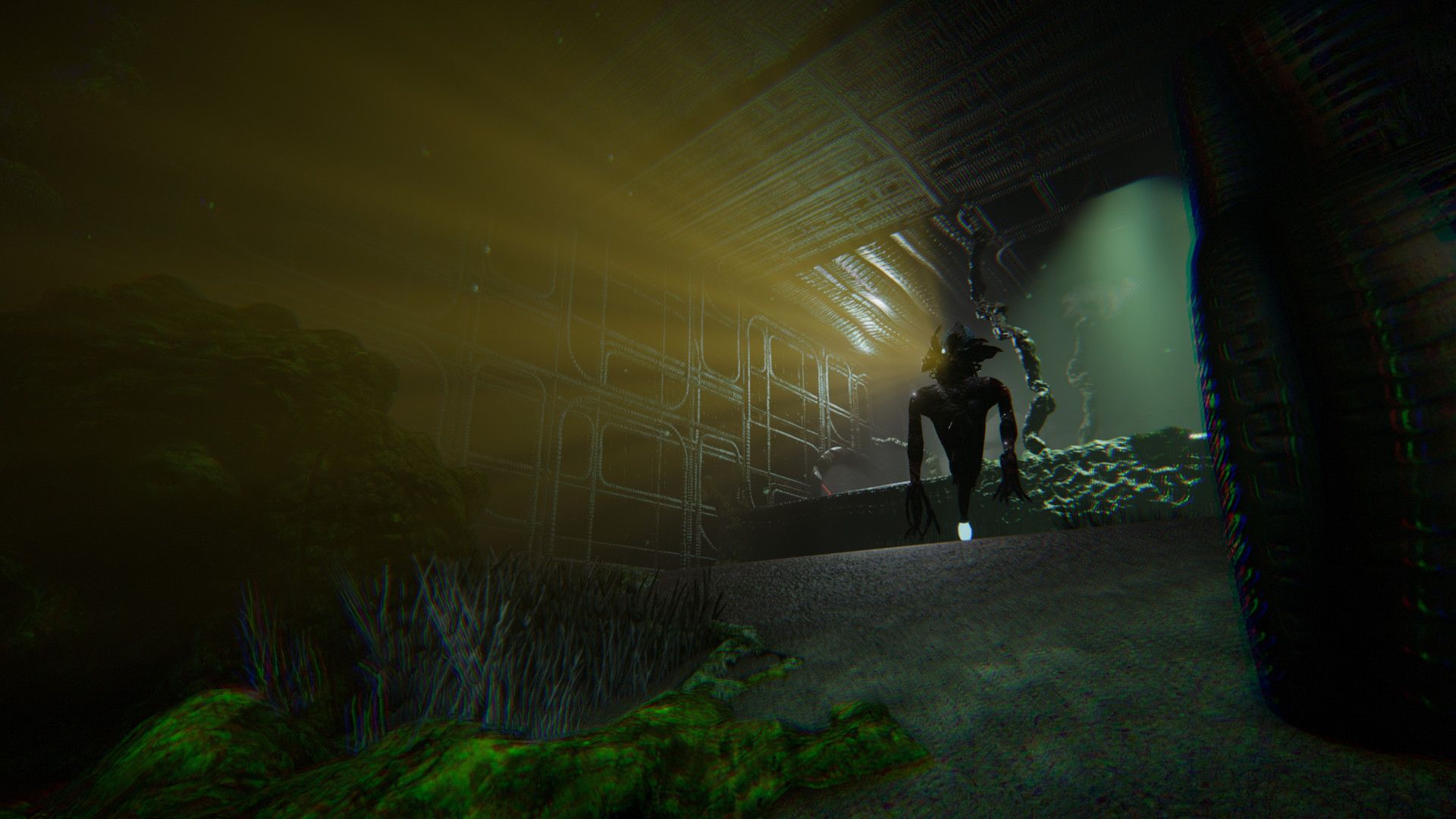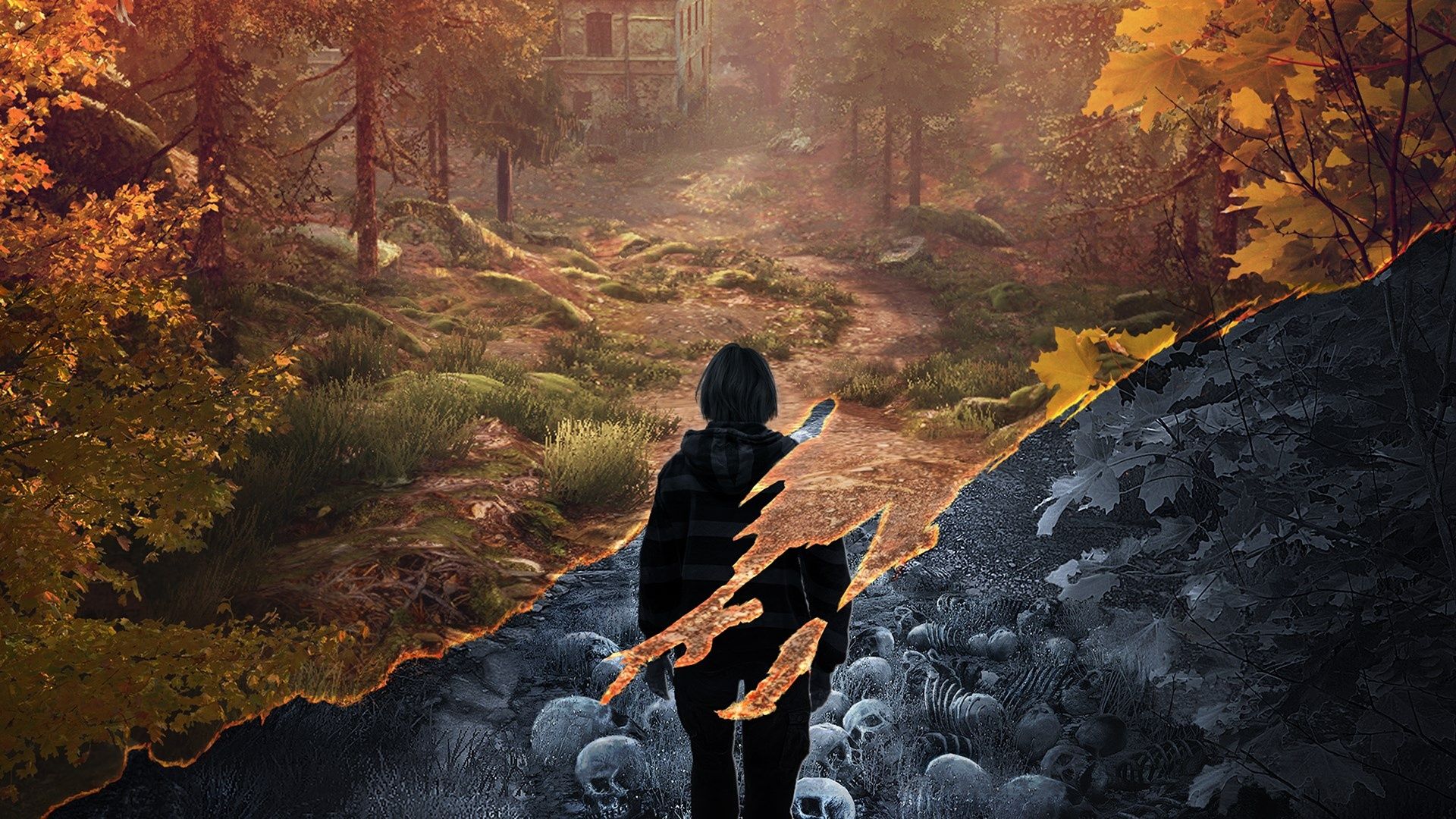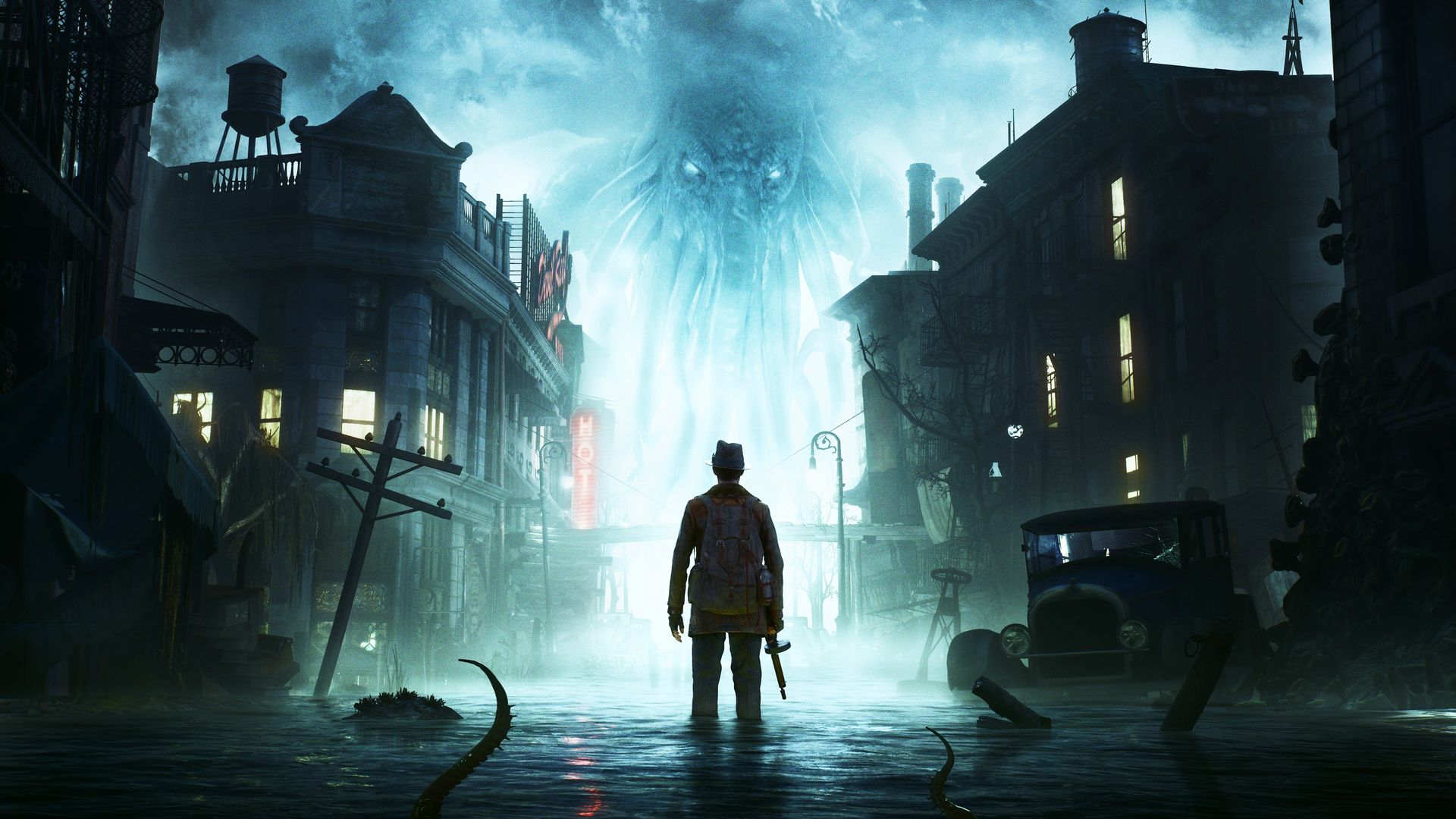Alan Wake
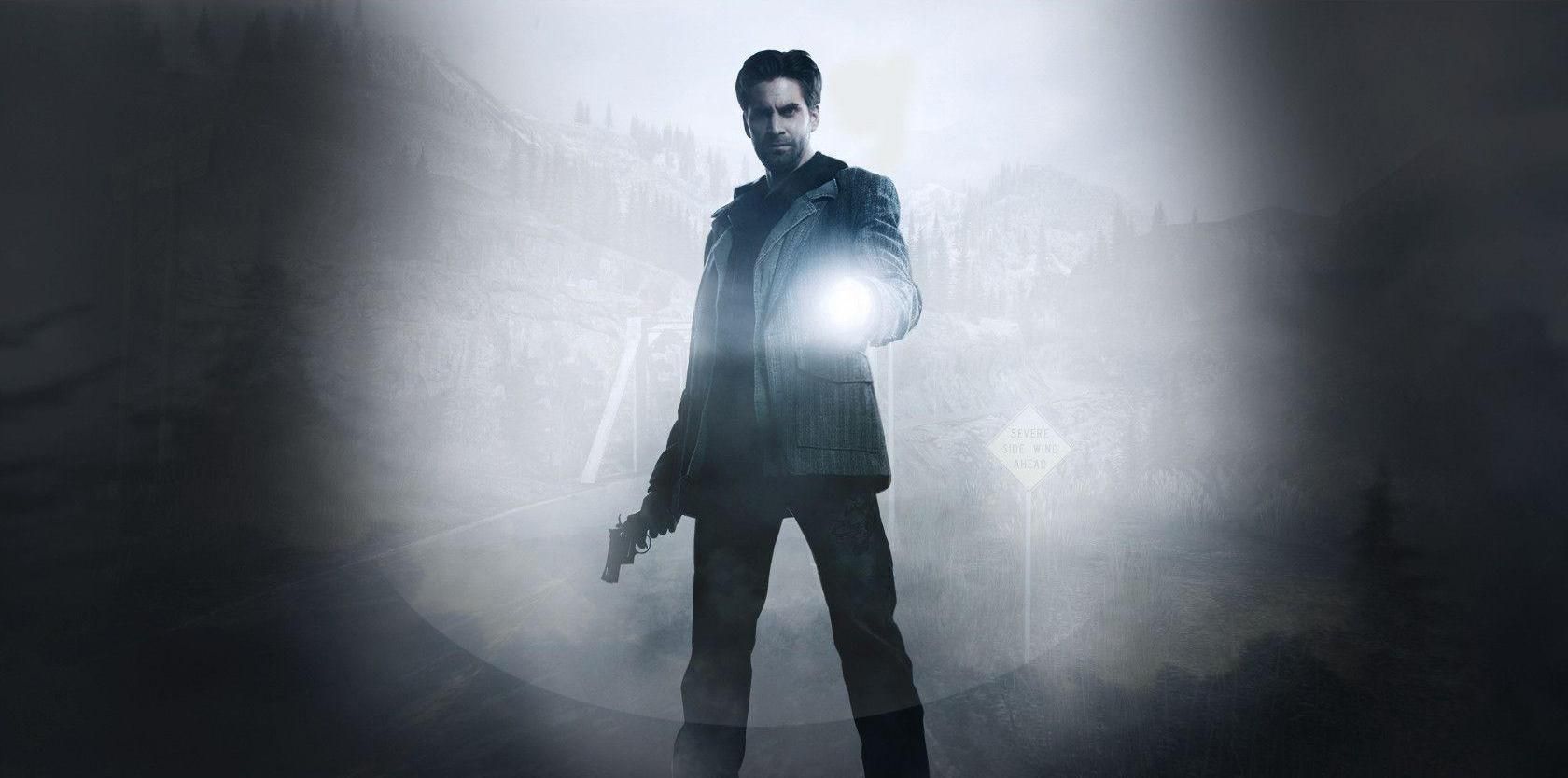
Combat Feel and Enemy Design
Combat in Alan Wake centers on rhythm — weaken with light, finish with bullets. While effective early on, the mechanics evolve slowly and can become formulaic. Enemy variety is limited, and encounters begin to feel scripted over time. However, the use of light remains compelling, especially during large-scale or set-piece encounters that disrupt the repetition.
Sound Design and Musicality
The game’s audio is one of its most powerful assets. From ambient forest sounds to bursts of combat music, Alan Wake builds tension through sonic cues. Licensed tracks (like Poets of the Fall’s 'War') punctuate key narrative beats, while the eerie in-world shows and broadcasts deepen the surreal atmosphere.
Legacy and Narrative Interconnectivity
Alan Wake doesn’t just tell a story — it tells stories about storytelling. Its layered narrative, metafictional voice, and connection to other Remedy games (notably Control) give it a lasting resonance. What seemed like a standalone horror game in 2010 has grown into a mythos, where reality, fiction, and recursion collide.
Pacing and Progression
Structured in episodes, Alan Wake’s pacing is deliberate — even theatrical. This gives room to build tension and develop mood, but can test player patience. The mid-game chapters, in particular, risk stalling momentum, especially when objectives rely too heavily on backtracking or repetitive combat loops.
Image Gallery
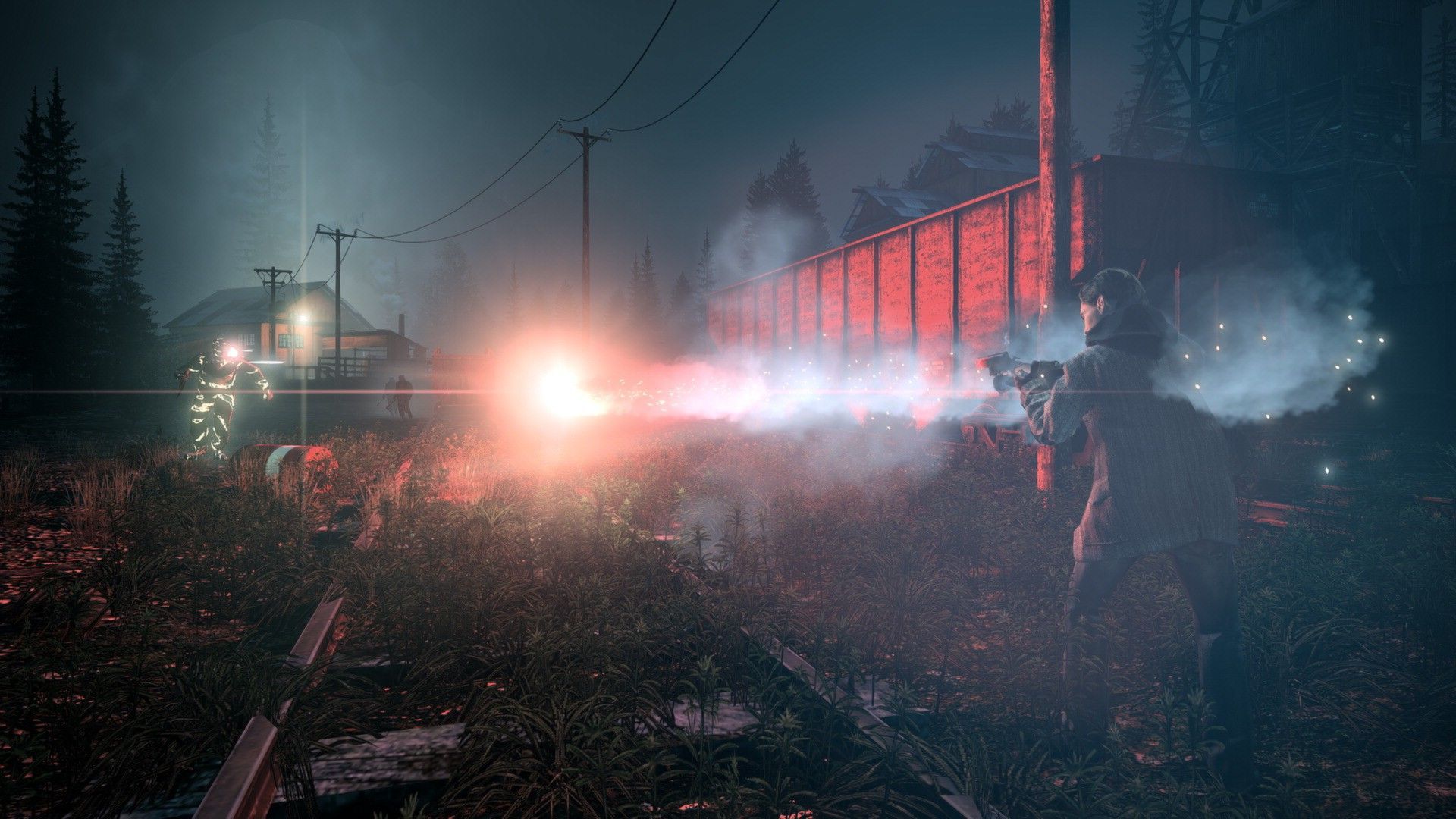

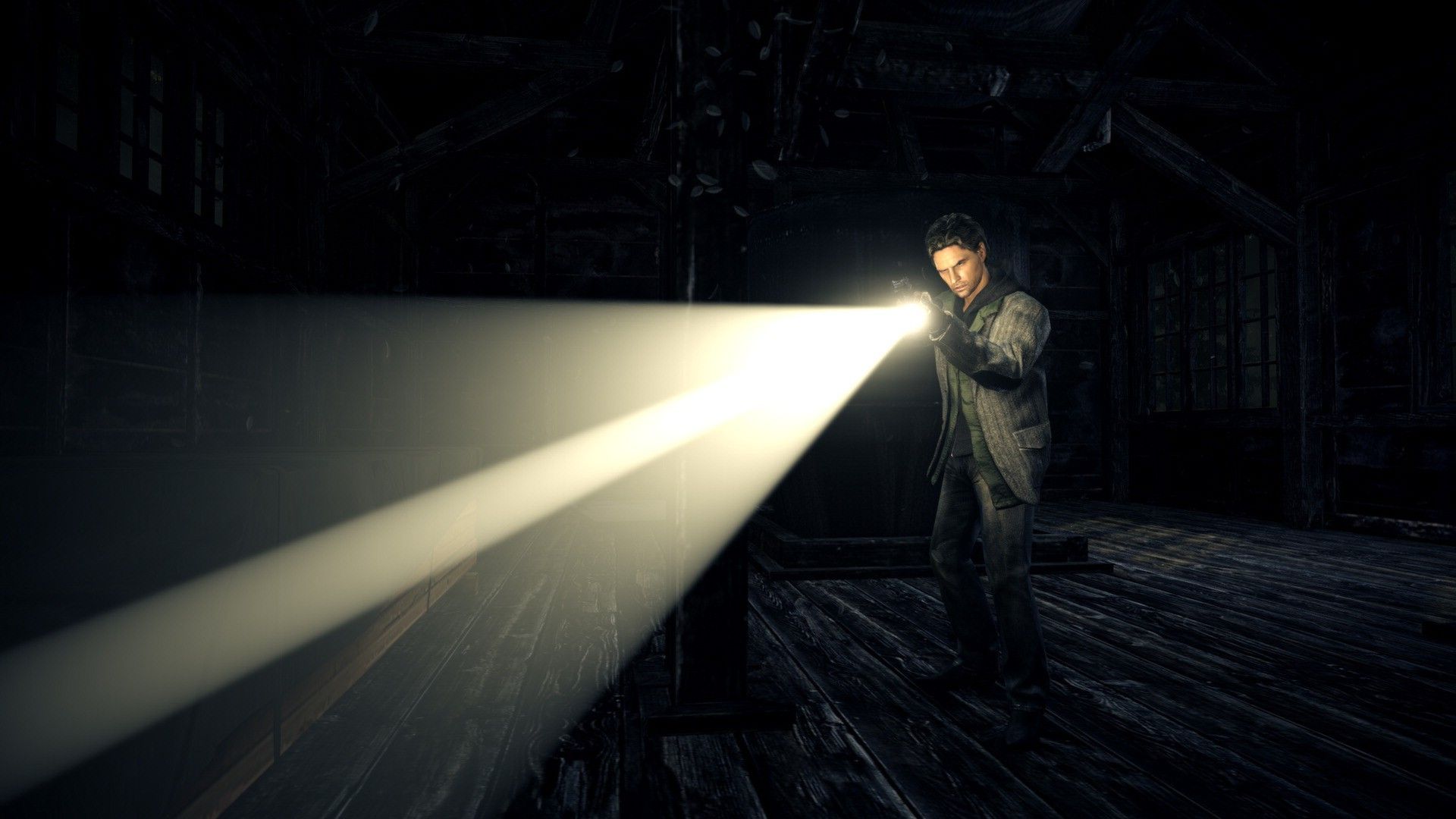
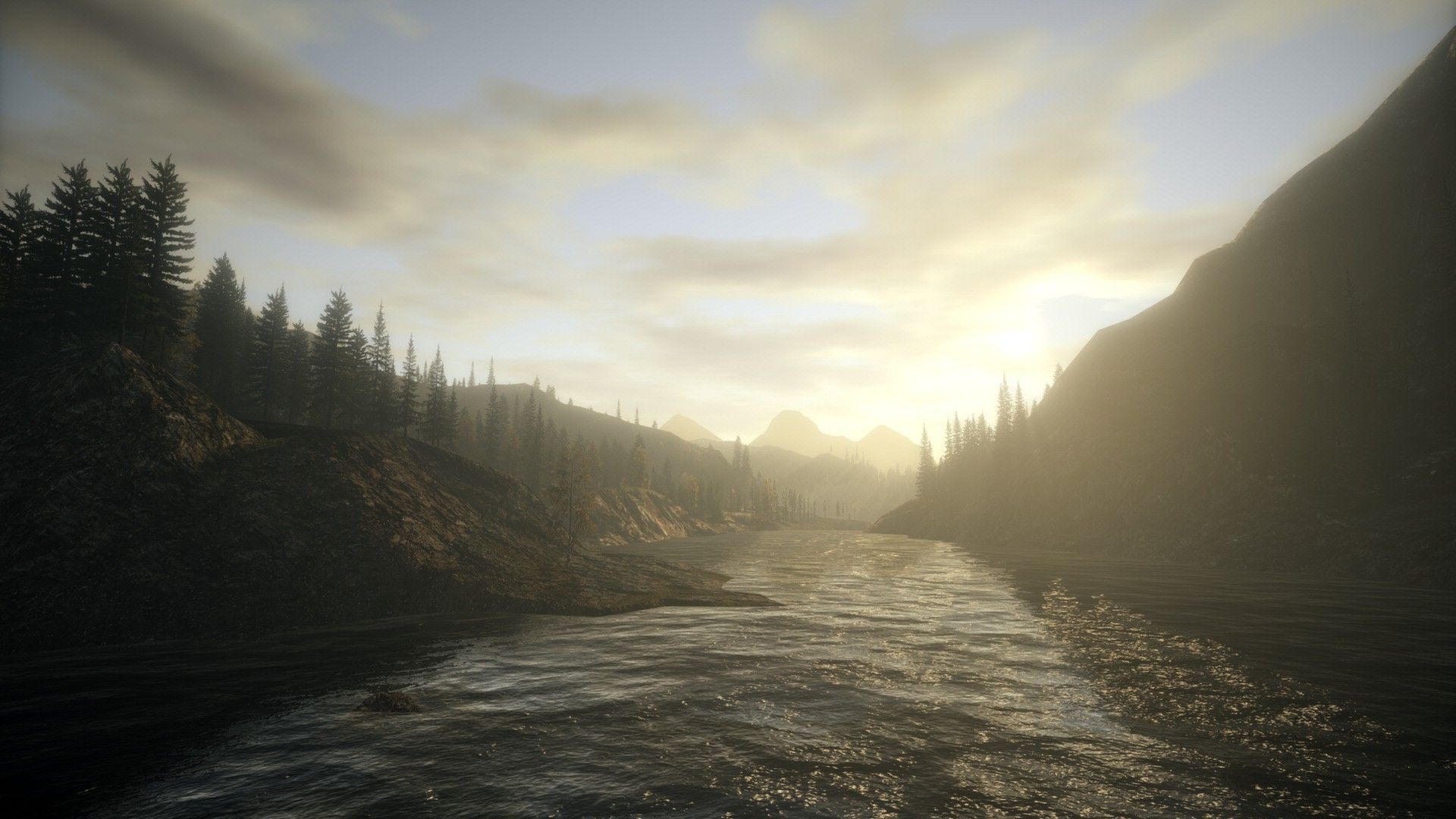
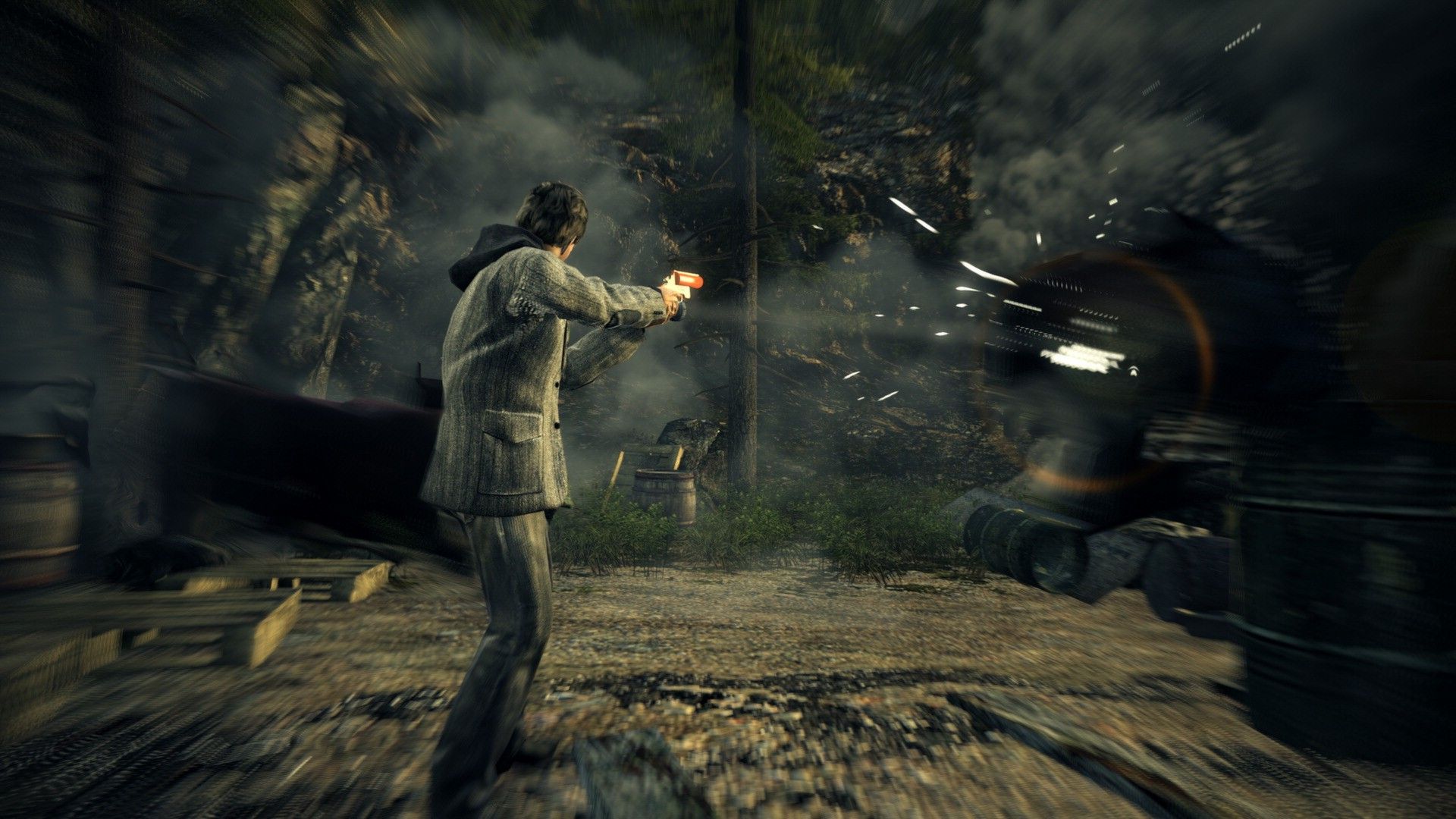
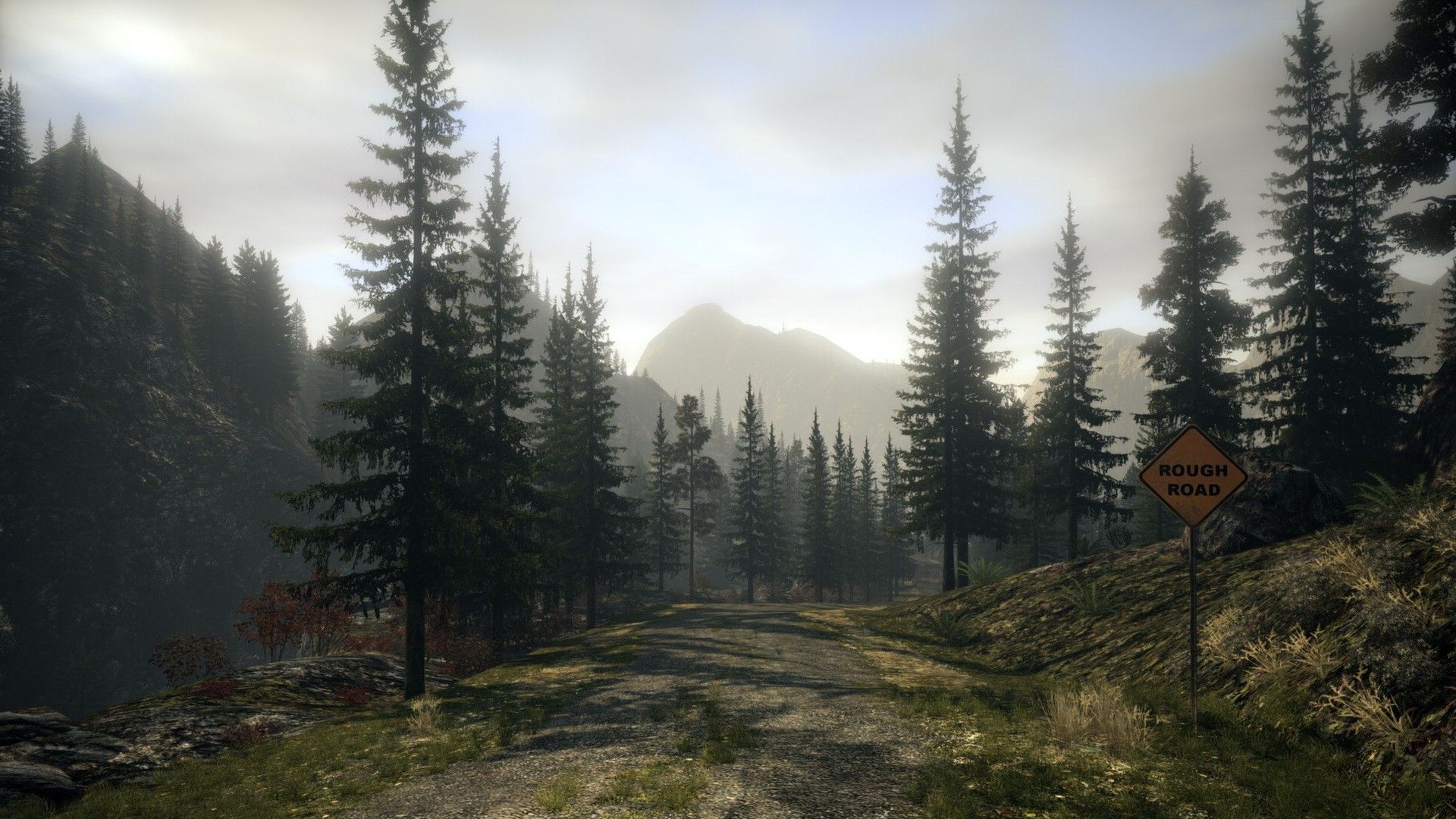
Game Mechanics
Alan Wake's mechanics blend action, horror, and storytelling through innovative systems that revolve around light, narrative uncertainty, and structured pacing.
-
Light-Based Combat
Combat revolves around using light sources to weaken enemies enveloped in darkness. Flashlights, flares, and other light-emitting tools are essential to make foes vulnerable before dispatching them with firearms.
-
Sanity and Narrative Ambiguity
The game blurs the line between reality and fiction, with Alan's writings influencing the world around him. This narrative approach creates a psychological tension, leaving players questioning what's real.
-
Episodic Structure
Structured like a television series, the game is divided into episodes, each with its own cliffhangers and recaps, enhancing the storytelling experience.
-
Environmental Exploration
Players are encouraged to explore the environment to find manuscript pages, hidden items, and clues that deepen the narrative and provide gameplay advantages.
Gameplay Tips
Survival in Alan Wake requires both strategic thinking and awareness. These tips will help you navigate the darkness more effectively.
-
Conserve Battery Power
Use the flashlight's boost function sparingly to conserve battery life. Rely on environmental light sources when possible to save resources.
-
Keep Moving
Staying mobile during combat helps avoid enemy attacks and can prevent being overwhelmed, especially in foggy areas where enemies may respawn.
-
Collect Manuscript Pages
These pages provide insights into upcoming events and can offer strategic advantages by preparing players for future encounters.
-
Utilize Safe Havens
Areas illuminated by bright lights serve as safe zones where enemies cannot enter, allowing for health regeneration and a momentary respite.
Playstyles
While Alan Wake doesn’t feature traditional RPG builds, players can approach the game with different strategies based on how they engage with resources and combat.
-
Light Arsenal Focus
Prioritize upgrading and carrying light-based weapons like flare guns and flashbangs to effectively control crowds and manage multiple enemies.
-
Resource Management Build
Focus on conserving ammunition and batteries, using the environment to your advantage, and engaging enemies only when necessary.
Inspirations and References
Alan Wake is steeped in pop culture, literary influences, and psychological horror. These references deepen the experience and inform the game’s unique tone.
-
Stephen King's Influence
The game's narrative and themes draw heavily from Stephen King's works, notably 'The Shining' and 'Misery', exploring the psyche of a troubled writer.
-
Twin Peaks Homage
The setting of Bright Falls and its quirky inhabitants pay tribute to David Lynch's 'Twin Peaks', blending small-town charm with underlying darkness.
-
Lovecraftian Elements
Themes of cosmic horror, the unknown, and the fragility of the human mind are prevalent, echoing the works of H.P. Lovecraft.
-
The Twilight Zone Inspiration
The in-game TV show 'Night Springs' mirrors 'The Twilight Zone', offering surreal and thought-provoking mini-stories that parallel the main narrative.
Final Verdict
Alan Wake is a haunting odyssey into the heart of darkness, where light is both weapon and salvation. Its strength lies in its ability to weave narrative and atmosphere into a tapestry of existential dread. Recommended for those who savor the slow burn of Lovecraftian horror, where the mind is as much a battleground as the world itself. If you love tales where reality blurs and shadows loom, you should try Alan Wake.
Strengths
- Clever use of light mechanics that ties gameplay directly to narrative themes.
- Rich, atmospheric world enhanced by striking environmental design.
- Memorable episodic structure that mimics prestige television.
- Strong voice acting and audio design that deepens immersion.
- Narrative ambiguity that invites interpretation and rewards attentive players.
- Cultural references and in-universe media enrich the meta-storytelling experience.
Weaknesses
- Combat can become repetitive due to limited enemy variety and tactics.
- Some players may find the linear progression restrictive.
- Collectibles can feel excessive and disrupt pacing.
- Story pacing slows noticeably in mid-game chapters.
- Environmental exploration is undercut by invisible walls and constrained paths.
Editorial Review
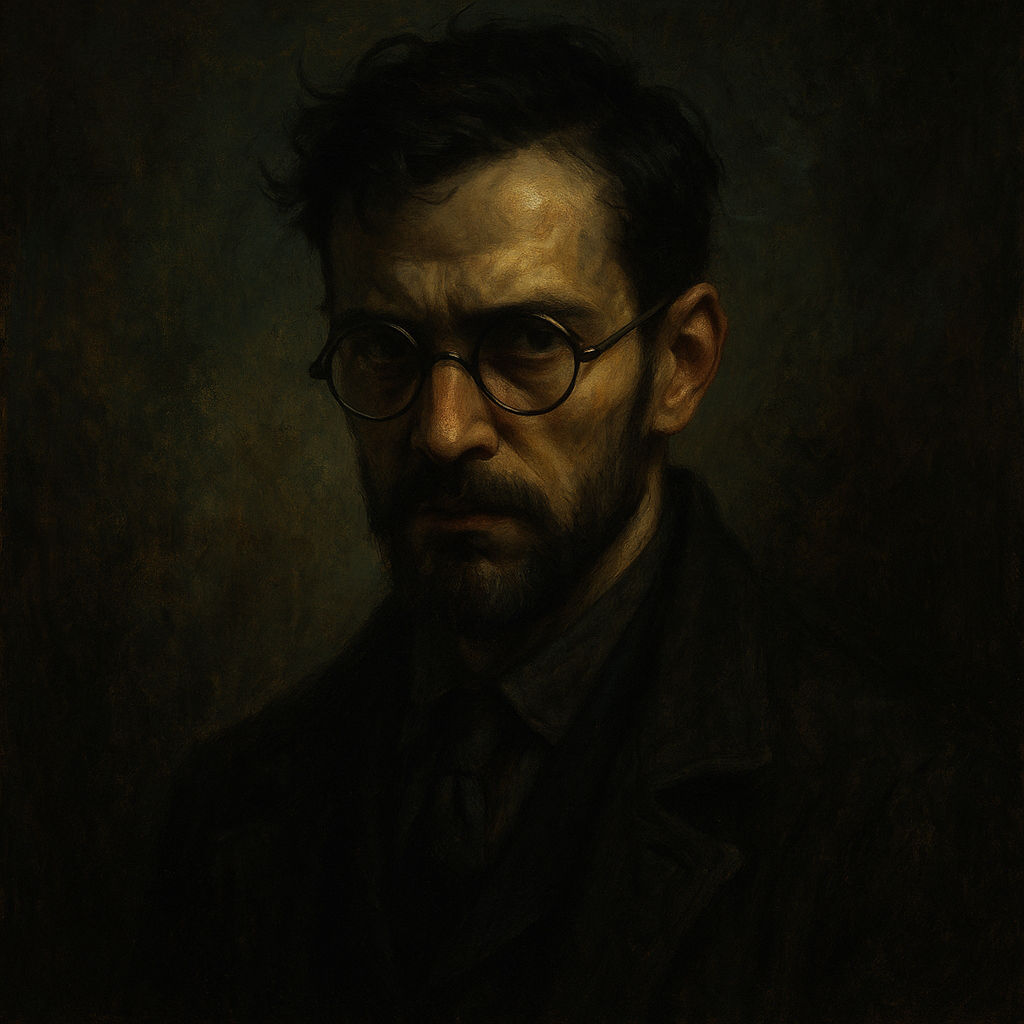
Alan Wake's mechanics are a study in light manipulation, a cerebral dance between tension and logic. The interplay of light against darkness is a mechanic that manipulates fear with surgical precision.
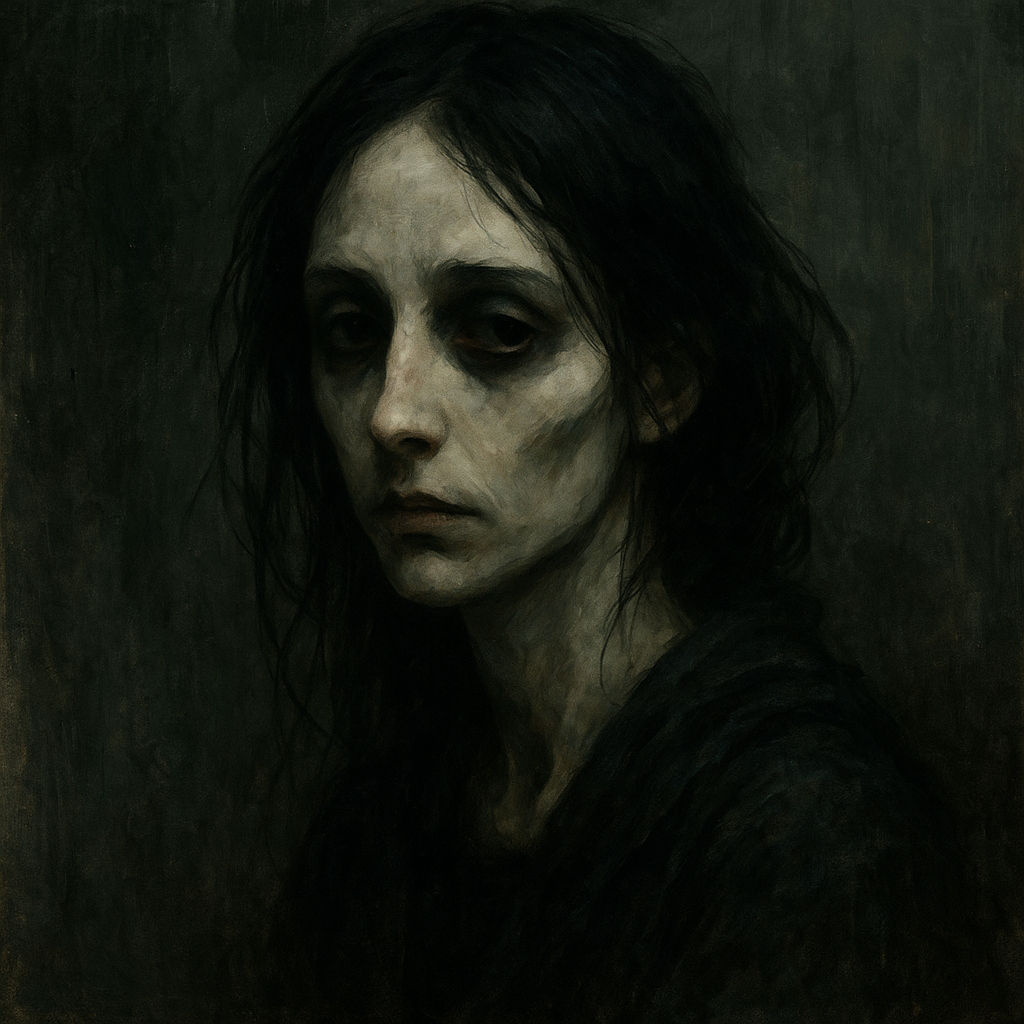
In Alan Wake, each revelation is a burden, each shadow a cost to the soul. It is a melancholic reflection on the nature of fear, where knowing is both gift and curse.
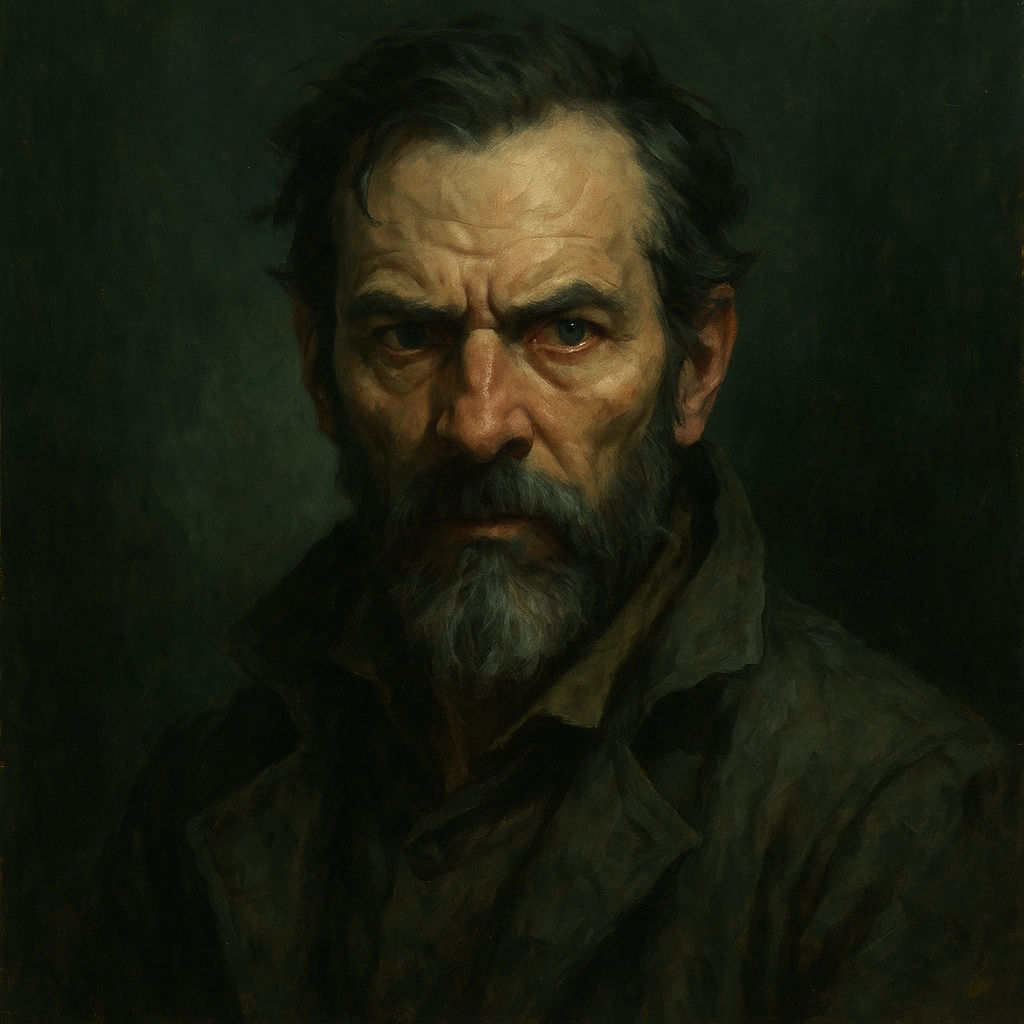
The game is a linear journey, with survival hinging on resource management and strategic use of light. Its structure punishes carelessness, demanding precision and forethought.

Alan Wake is a beautifully terrifying world, a narrative woven with light and shadow. It's a place where wonder and horror blend, a tale both enchanting and haunting.
You might also like
About the author
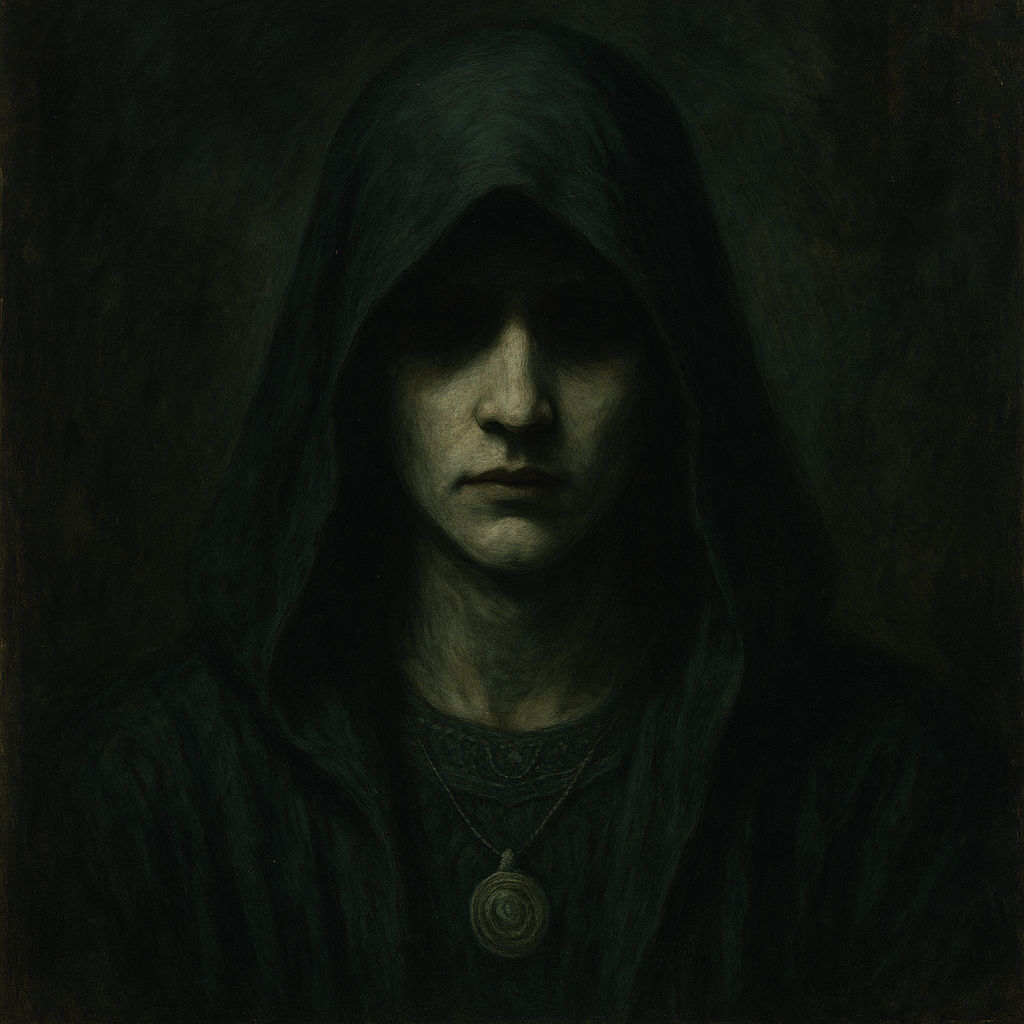
Neith
I’m Neith. I walk the edges of madness and meaning. Stories that disturb, games that whisper — those are my domain.

